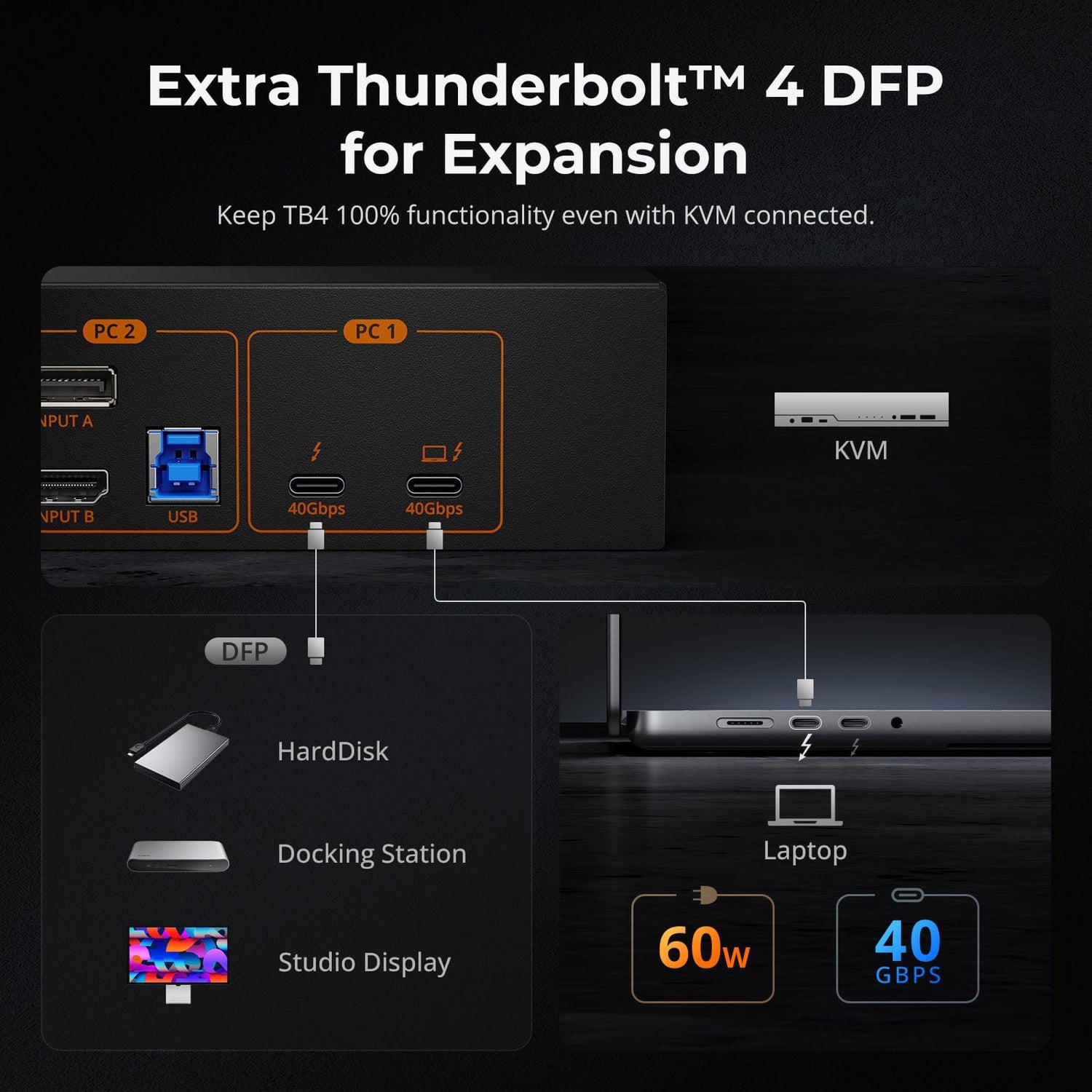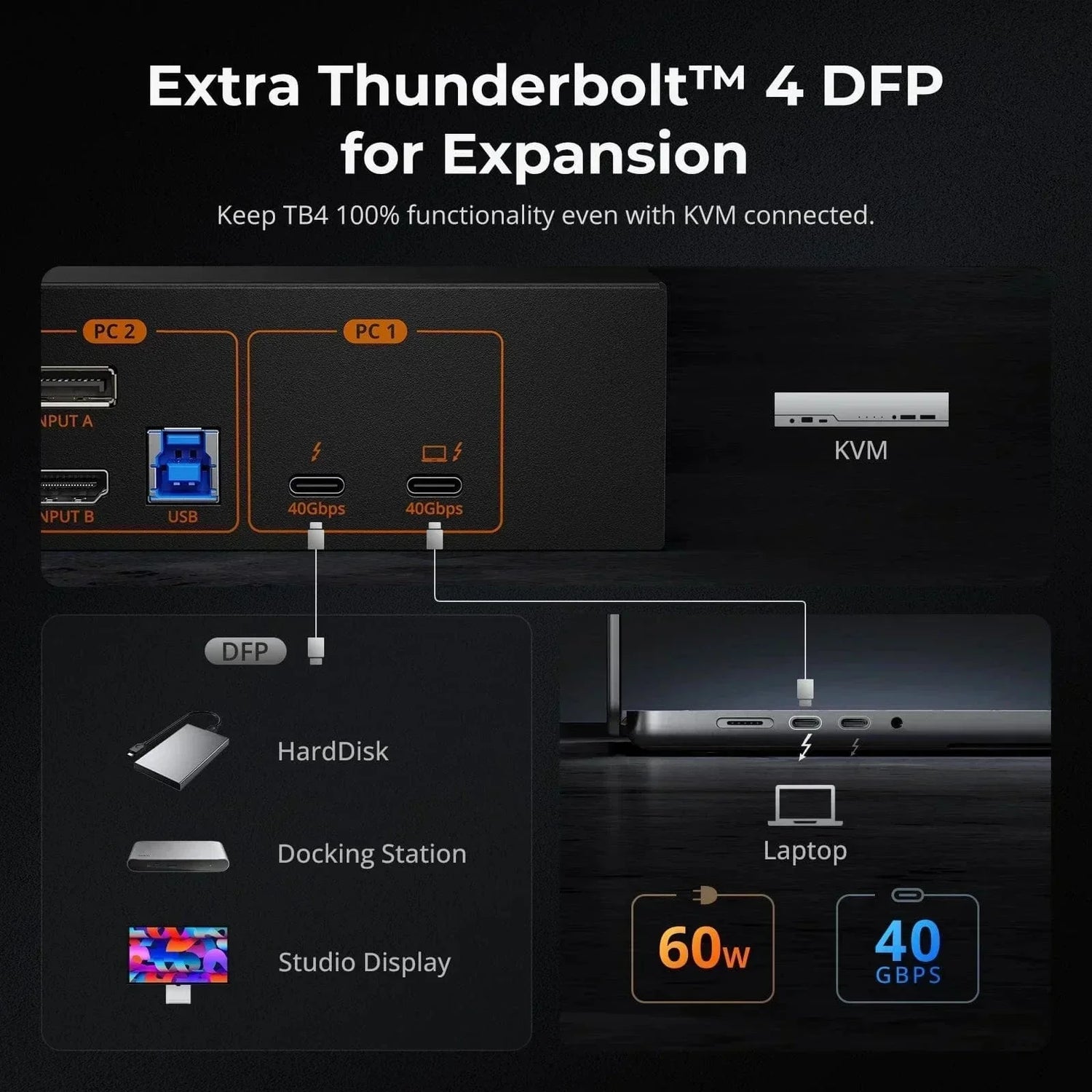What is HDR?
High Dynamic Range(HDR) is a kind of technology that improves the brightness and contrast by increasing the exposure dynamic range of the image and displaying darker blacks and whiter whites. In Standard Dynamic Range (SDR), the luminance level is only 0.1-100nit, and the images outside the range will be lost. HDR provides a wider range of 0.0005nit at least and 10000nit at most, which improves the picture contrast and makes the image more realistic.
How is HDR implemented?
In common HDR application scenarios, HDR can generate low dynamic range (LDR) images according to different exposure times, and the final HDR image is synthesized by using the LDR image with the best detail corresponding to each exposure time. In short, it is to obtain multiple images with different exposure levels at one time, and then automatically synthesize the best image that contains both bright and dark details according to the algorithm.

What are the common formats of HDR?
As image processing technology, different enterprises and organizations have developed different HDR formats. Different formats have different performances at the same time. The following is an introduction to the most common HDR formats:
- HDR10: It is a free HDR format developed by the American Consumer Association, and it is also the most common HDR format. In theory, HDR10 can support a maximum luminance level of 10000 nit, but in practice, it performs best at 1000-4000 nit luminance level.
-
HDR10+: Compared with HDR10, HDR10+ adds dynamic metadata. Metadata is used to provide the display with the parameters of each layer of image processing, so as to ensure that the image can achieve better results on different displays. The dynamic metadata can fine tune the HDR luminance level scene by scene or frame by frame, so as to make the scene conversion effect more prominent.
-
Dolby Vision: It is a proprietary HDR solution proposed by Dolby Laboratories. Dolby Vision also uses dynamic metadata and can represent luminance level up to 10000 nits. Dolby Vision requires that the peak brightness of the display should be at least 1000nit. It also adopts 12bit color depth. Higher equipment requirements also create a better display effect.
-
HLG: It is a free HDR format for video and still images. Unlike the previous formats, it uses HLG transfer functions and does not use metadata. HLG can be backwards compatible with SDR, which makes its images perform well even on SDR displays.
What types of hardware support HDR?
HDR requires more bandwidth. HDR support is not available in versions prior to DP 1.4 and HDMI 2.0. For DP 1.4, a bandwidth of 32.4Gbps is required. HDMI 2.0 requires 18Gbps bandwidth, while HDMI 2.1 requires 48Gbps bandwidth to provide HDR support. Therefore, if the device can not use the HDR function, you might as well check whether the hardware meets the use requirements.




